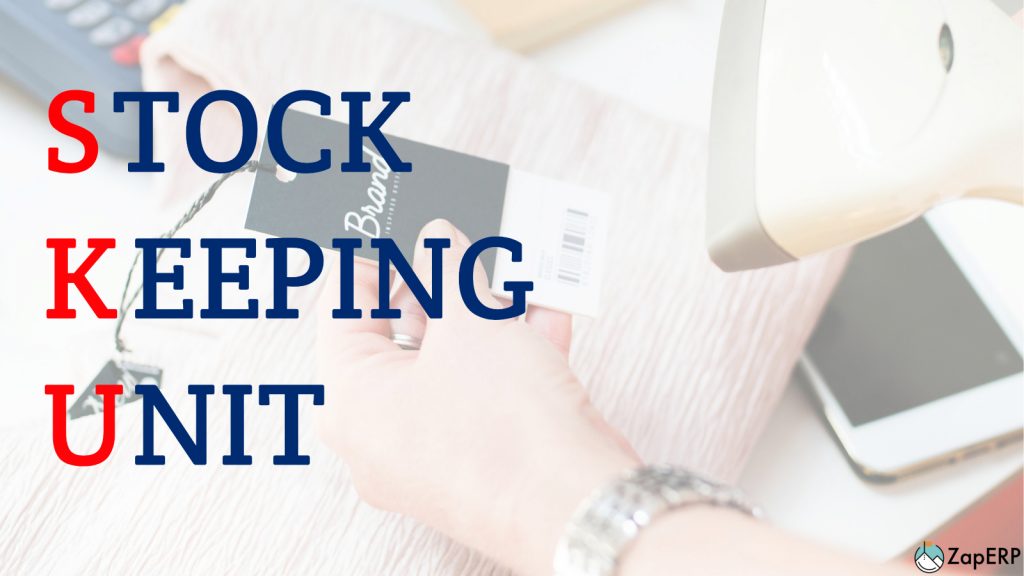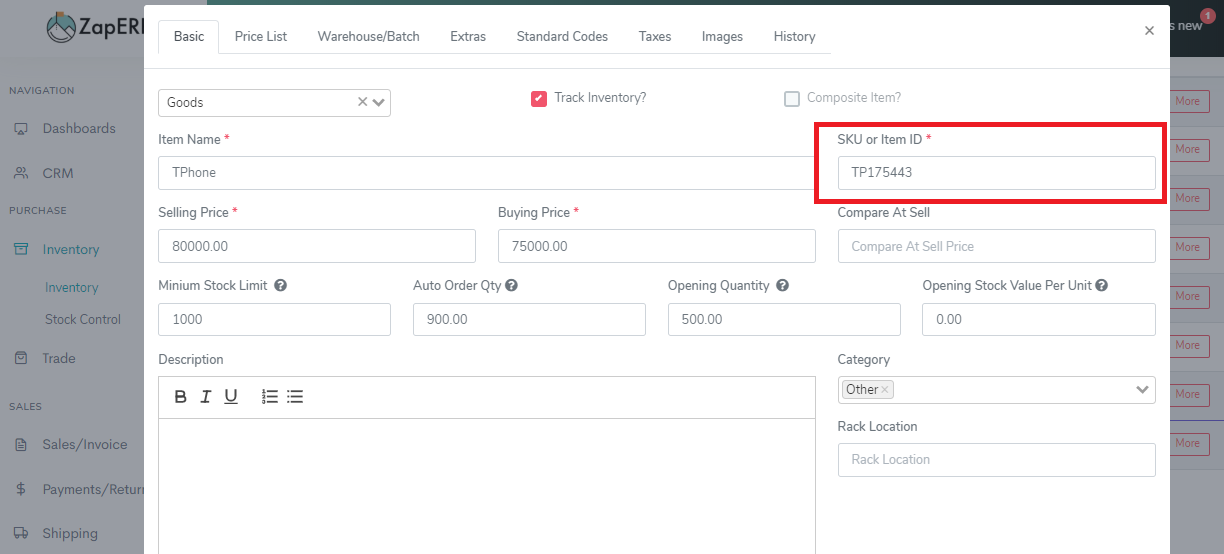The retailers prefer to use a coding system to keep track of the inventory. It can assist them with sales tracking as well. In other words, you can understand when your store needs to reorder the products. This can help you with catering the demand as well. Stock Keeping Unit, which is also known as SKU, plays a significant role here.
What exactly is the Stock Keeping Unit?
Stock Keeping Unit can simply be defined as the number, which is assigned to a product. This number will be appointed by the retail store. The primary reason why such a number is assigned is to understand product options, price, and manufacturer information. Moreover, the Stock Keeping Unit can be used to track your inventory within the retail store. It can also provide valuable assistance to you with maintaining a profitable retail business in the long run.
Usually, Stock Keeping Unit is broken down into categories and classifications. In most of the instances, the retailers tend to use the next series of numbers that belong to the Stock Keeping Unit with the objective of grouping products. This can provide them with a better overall experience in analyzing the outcomes.
How to use the Stock Keeping Unit?
Now you know what a Stock Keeping Unit is and the functionality offered by it. With that in mind, let’s analyze how to use a Stock Keeping Unit.
Have you ever bought something on Amazon.com? Then you can see how other related products are suggested to you as cross-sales, along with the product that you buy. These products are recommended to you based on the Stock Keeping Unit.
In here, Amazon has linked a unique Stock Keeping Unit to a product. This SKU is inherent to the product, and it contains all the traits of it. That’s the main reason why you can see other related products along with what you want to buy. The features of the product that you are going to buy and the features of the other suggested products would be somewhat similar. That’s because you are getting the suggestions based on the Stock Keeping Unit.
With the help of a POS system, you can easily create an SKU hierarchy. However, it is essential for you to have a clear understanding of what you are going to track before you develop an elaborate system for the inventory.
For example, if you are the owner of a shoe store, you can create an SKU hierarchy based on the style, customer type, material, and color. You can even go ahead and break down the broad shoe types into a few additional categories, such as the heel type. By using the SKU of an item, you will be able to track inventory associated with it. Along with that, you can also get a detailed sales report for a specific topic. This report contains all the particular information about the product, and you can share it with a vendor and go for a better price negotiation as well.



 Start using ZapInventory today
Start using ZapInventory today
